LATVIJA.FM
The Lost Synagogues of Latvia: Architectural Treasures of a Vanished World
Latvia’s landscape was once embroidered with the intricate rooftops of wooden and stone synagogues, from bustling Riga to quiet villages nestled deep within the countryside. Each synagogue stood not only as a house of prayer but also as a vibrant center of community life, education, and hope. Today, many of these architectural treasures exist only in faded photographs and whispered memories, their absence a haunting reminder of both flourishing life and unspeakable loss. Let us walk back through time, tracing the splendor and silence of Latvia’s lost synagogues.
The Rise of Jewish Communities and Their Sacred Halls
In the 17th and 18th centuries, as Jewish life took root in Latvian cities and towns, synagogues quickly became the beating heart of each community. Whether grand stone structures gracing Riga’s skyline or humble wooden prayer houses hidden among Latgale’s birches, these synagogues reflected both the faith and the ingenuity of Latvian Jews. They were not merely religious buildings — they were schools, gathering halls, places where generations passed on traditions, songs, and the sacred rhythms of life.
Wooden Marvels: A Folk Art in Prayer
Particularly in rural Latvia, Jewish artisans crafted synagogues from timber, employing the same techniques used for manor houses and farmsteads, but elevating them with delicate carvings, colorful interiors, and starry domes. Each village’s synagogue was unique: some were intimate and simple, others elaborately painted with floral patterns and biblical scenes. These wooden synagogues represented a vernacular architecture born of necessity but infused with profound beauty — living monuments to a people’s dreams and resilience.
Stone Synagogues: Echoes of Urban Grandeur
In urban centers like Riga, Daugavpils, and Liepāja, the Jewish communities built imposing stone synagogues that stood proudly beside churches and guildhalls. The Great Choral Synagogue of Riga, completed in 1871, was a masterpiece of Moorish Revival architecture, crowned with a soaring dome and rich mosaics. It was more than a building; it was a declaration of belonging and cultural vibrancy. For many Jews in Latvia’s cities, these stone synagogues embodied both spiritual life and civic pride.
A Symphony Silenced: War and Destruction
The horrors of World War II and the Holocaust swept across Latvia with devastating force, and the synagogues — once vibrant with song and prayer — became some of the earliest victims. Many were deliberately set ablaze during the Nazi occupation, especially in 1941 during the mass persecutions. Others crumbled slowly under Soviet rule, their sacred walls repurposed as warehouses, sports halls, or simply left to decay. Entire towns, once bustling with Jewish life, were left ghostly and bare, their synagogues reduced to scattered stones and overgrown grass.
Memory Preserved: Efforts to Remember and Rebuild
Today, very few original synagogues remain standing in Latvia. In places like Riga, the Peitav Synagogue still serves the Jewish community, a rare survivor of the Holocaust. Some communities have erected memorials on the sites where synagogues once stood, and historians, artists, and descendants work tirelessly to piece together the stories of these lost sanctuaries. Through documentation, virtual reconstructions, and exhibitions, the memory of Latvia’s synagogues is being slowly woven back into the nation’s cultural tapestry.
The Synagogues in the Latvian Soul
Though the synagogues themselves may have vanished, their spirit lingers in Latvia’s soil and in the hearts of those who remember. Each weathered stone, each faded photograph speaks to a time when Jewish culture pulsed vibrantly through the streets and villages of Latvia. To trace the lost synagogues is to listen to an echo — soft, sorrowful, but undeniably alive — calling us to honor a heritage both beautiful and irreplaceable.
